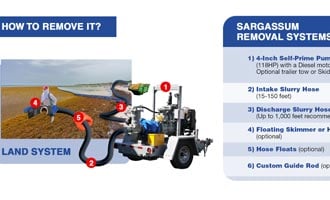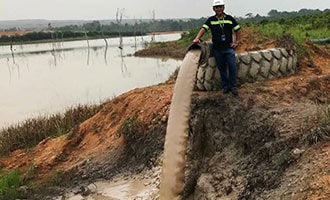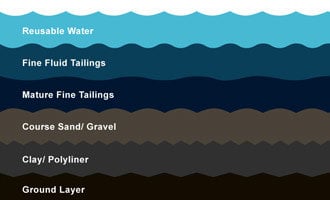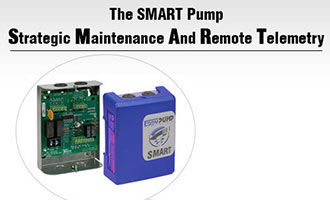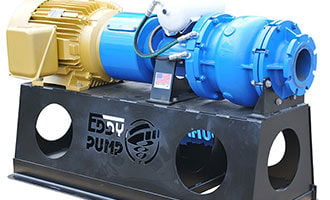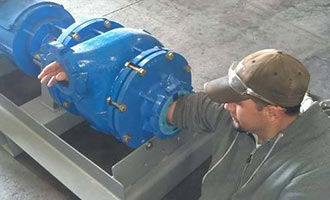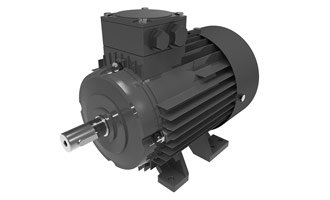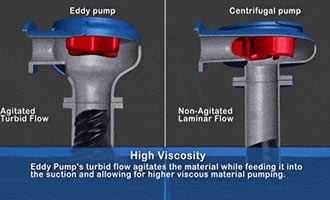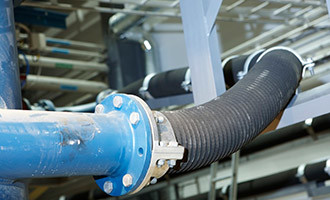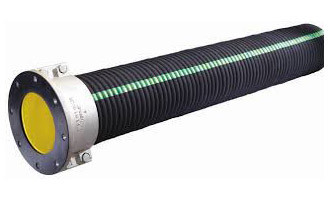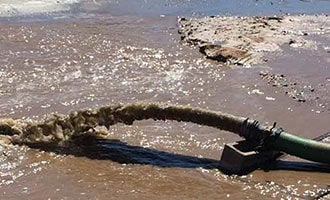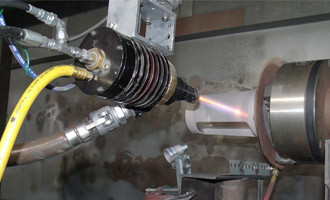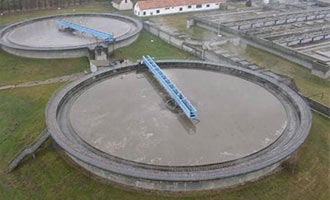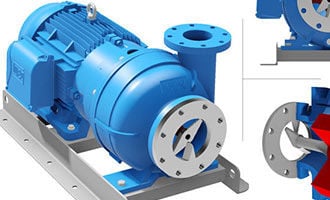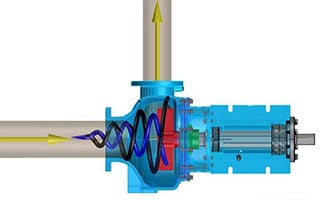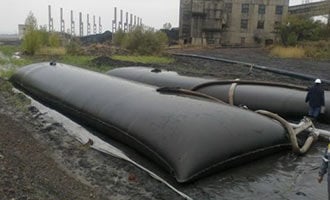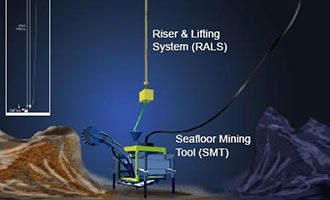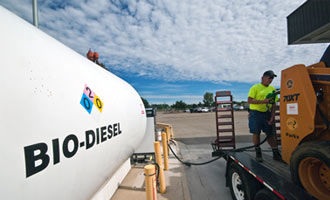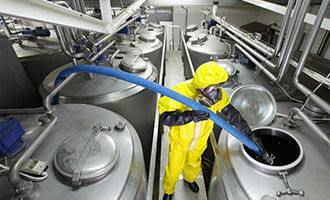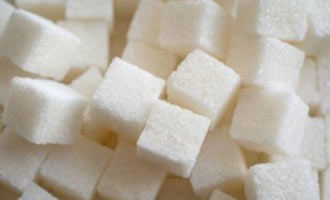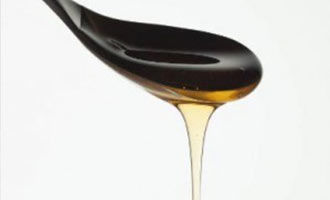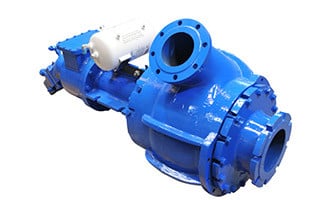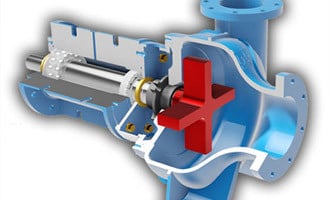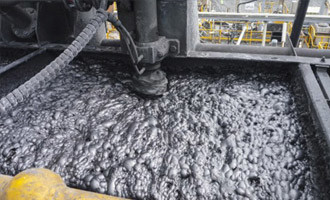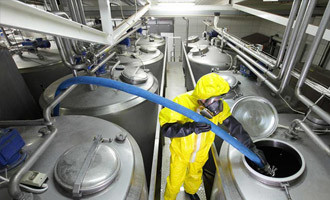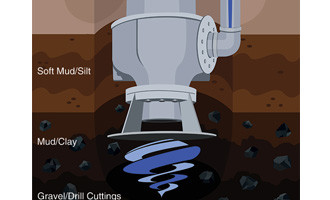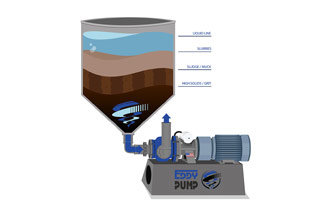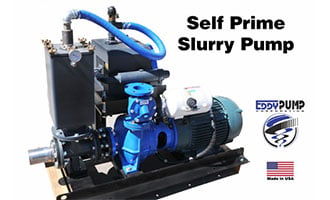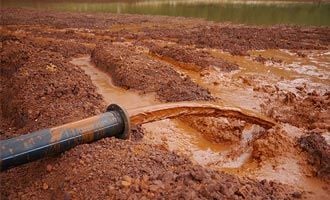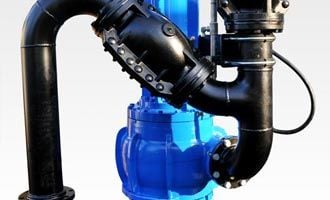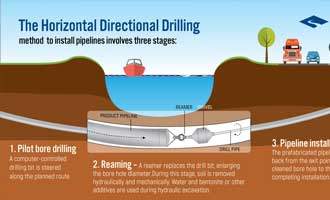Eddy Pump vs Positive Displacement Pump
What Are Positive Displacement Pumps?
Positive displacement pumps operate much differently than centrifugal pumps. Positive displacement pumps do not use impellers to pump liquids. Instead, they utilize rotating or reciprocating parts to push and transport the liquid into an enclosed volume. This design creates pressure, which drives the liquid to its destination, albeit at a much slower rate than what a centrifugal pump can accomplish. A positive displacement pump is ideal for higher viscosity liquids that are transported at low flow rates but a higher pressure.
Mechanics of Positive Displacement Pumps
Positive displacement pumps are categorized based on their mechanics, one category being rotary pumps and the other being reciprocating pumps. Reciprocating pumps work on the principle of a chamber expanding and contracting to change the pressure within the pump to draw fluids in, and then direct it out the discharge. Rotary pumps operate by utilizing a rotating or moving chamber that traps fluid between grooves and moves it from the suction to the discharge side of the pump.
Advantages of Positive displacement pumps
- Maintains constant flow rate regardless of system pressure
- Able to handle a wide variety of fluids and viscosities
- Capacity not affected by operation pressure
- More efficient than centrifugal pumps when pumping highly viscous material
Disadvantages of Positive Displacement Pumps
- The principle of operation does not include a pressure restriction, therefore safety or pressure relief valves are necessary
- In oscillating positive displacement pumps, vibration-free operation is only possible with complex mass balancing
- Oscillating positive displacement pumps less suitable for high speeds
- In oscillating positive displacement pumps, pulsating flow is necessary, as is a pulsation dampener
- In some more complicated designs, fault-prone construction with valves
- Larger number of wear parts than centrifugal pumps
- Low flow rates, not ideal for applications that need a flow rate higher than 100 gpm
Positive Displacement Compared to EDDY Pump
The EDDY Pump operates in a similar fashion to a centrifugal pump, but does not rely on the centrifugal principle. Instead of a low tolerance impeller, it uses a geometric, recessed rotor to create a vortex of fluid similar to that of a tornado. Therefore, the EDDY Slurry Pump operates on the tornado principle. The tornado generates a very strong, synchronized central column of flow from the pump rotor to the pump inlet and creates a low-pressure reverse eddy flow from the pump inlet to the pump discharge. This action also results in an area of negative pressure in the vicinity of the pump seal. The negative pressure allows the pump to achieve zero leakage with a very simple seal design.
Advantages of the EDDY Pump
- Non-Clog Pump Design – The EDDY Pump’s open rotor design with high tolerances allow anything that will go into the intake to be passed through the discharge without issues. This translates to a significant amount of solids and debris that passes through without clogging the pump.
- High Solids Handling – Able to pump up to 70% solids by weight
- High Viscosity and Specific Gravity Handling
- High Abrasives Handling – Ultra recessed rotor creates eddy current that keeps abrasive material away from critical pump components
- No Critical Tolerances – The tolerance between the rotor and the volute easily allows the passage of a man’s arm , while the tolerance in a centrifugal pump is significantly less. In a 1-inch to 12-inch EDDY Pump the tolerance ranges from 1-12 inches.
- Low Maintenance
- Minimal Downtime
- Low Ownership Costs
- No need for steel high-pressure pipeline which is costly and dangerous
Order or Get Selection Help
Let our sales or engineering support help in your slurry pump and dredge equipment selection. Call (619) 258-7020
Why EDDY Pumps Are Better – Highlights
This video shows how EDDY Pump transports high slurry and abrasive materials. Featured dredge pump equipment includes the Remote Operated Subdredge, Diver Operated Pump and a Excavator Attachment Dredge Pump.
Why EDDY Pumps Are Better - Highlights
This video shows how EDDY Pump transports high slurry and abrasive materials. Featured dredge pump equipment includes the Remote Operated Subdredge, Diver Operated Pump and a Excavator Attachment Dredge Pump.



